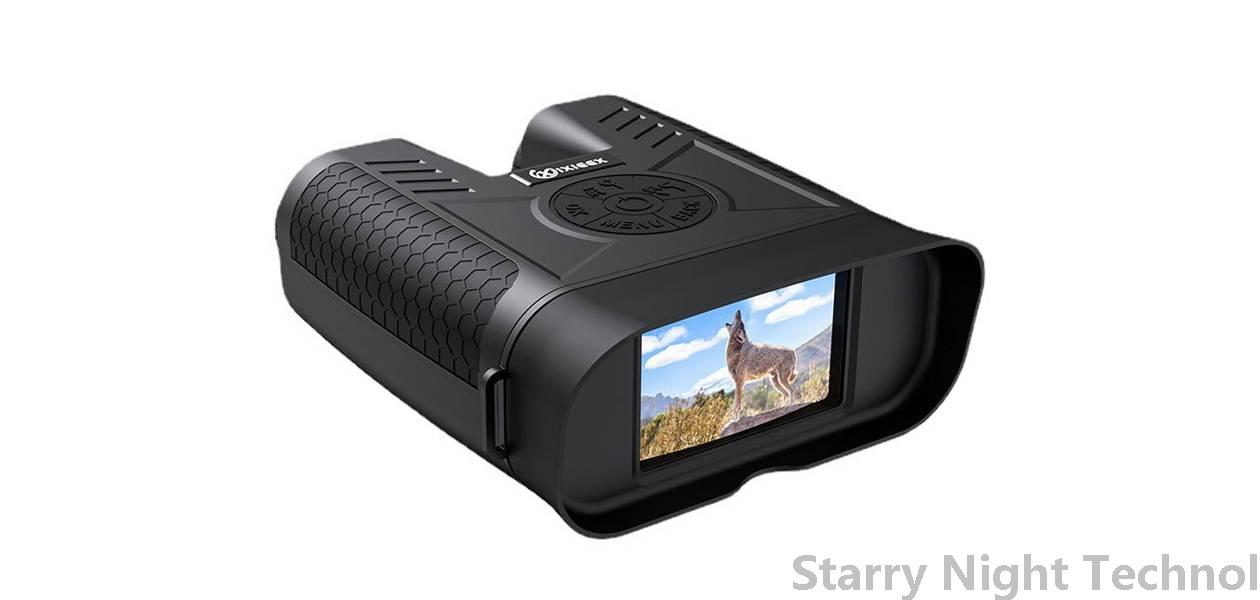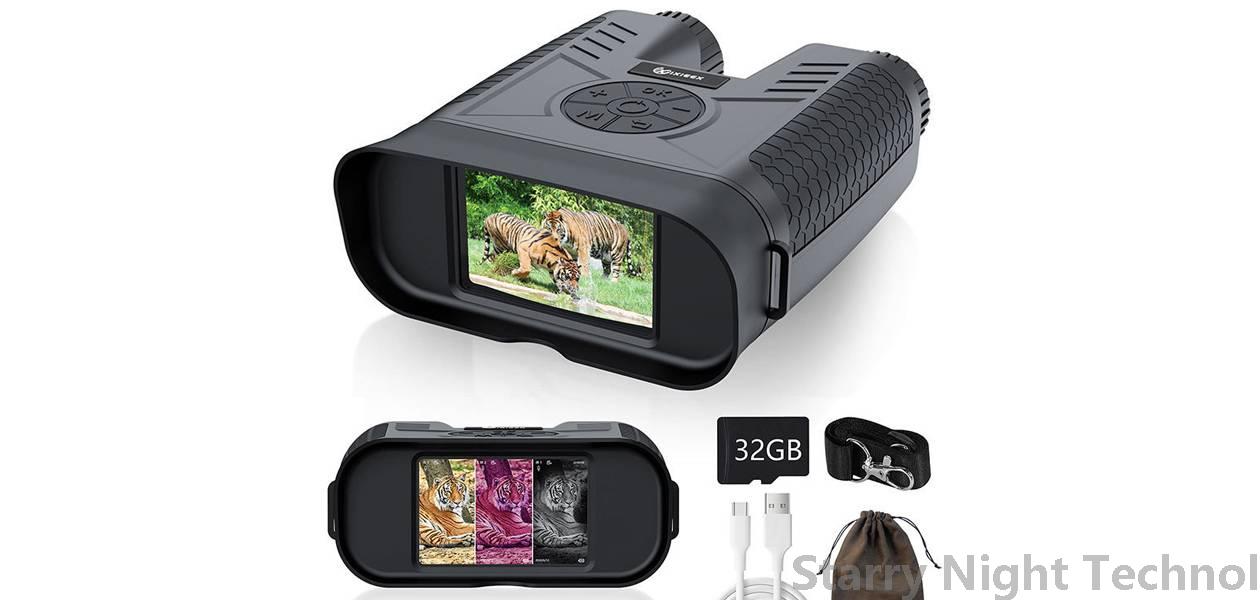The Role of Night Vision Technology in Modern Warfare and Beyond
1755500421000

In the annals of military history, the evolution of technology is closely intertwined with strategic success on the battlefield. Amongst these innovations, night vision technology stands out as a transformative force that has significantly altered modern warfare dynamics. From its inception during World War II to its current applications beyond the military realm, night vision technology plays an essential role not only in combat scenarios but also in various sectors such as law enforcement, wildlife conservation, and security.
#### Understanding Night Vision Technology
Night vision technology primarily functions through two mechanisms: image enhancement and thermal imaging.
1. **Image Enhancement**: This approach amplifies available light to produce images visible to the human eye. Originally developed using cathode ray tubes and vacuum tubes, modern systems now utilize sophisticated digital sensors that convert low levels of ambient light (such as moonlight or starlight) into usable images.
2. **Thermal Imaging**: Unlike traditional night vision technologies, thermal imaging devices detect infrared radiation emitted by objects due to their heat. This capability allows operators to see in complete darkness since it does not rely on visible light. Consequently, soldiers can identify enemy positions or monitor movements even in obscured environments.
The combination of these approaches enhances situational awareness and gives military personnel a significant advantage over adversaries lacking similar capabilities.
#### Enhancing Tactical Advantage in Combat
Modern militaries place a high premium on situational awareness, especially during nighttime operations when visibility is limited. Night vision technologies enable troops to conduct stealthy maneuvers, engage targets effectively, and minimize risks associated with surprise attacks. Key operational benefits include:
- **Surveillance and Reconnaissance**: Soldiers equipped with night vision goggles (NVGs) or thermal scopes can survey vast areas without exposing themselves to enemy fire. These capabilities are crucial for intelligence gathering, allowing forces to track troop movements and gather valuable data while remaining largely undetected.
- **Target Acquisition and Engagement**: Night vision sights on firearms allow precision targeting even under adverse conditions. Troops can acquire and engage enemies more efficiently while maintaining control of their surroundings, thereby enabling rapid response in hostile situations.
- **Force Multiplication**: Night vision technology provides a multiplier effect by increasing the effectiveness of smaller units operating at night or in poorly lit environments. A well-equipped squad can achieve the effects of a larger formation thanks to superior nocturnal operational capabilities.
- **Less Casualty Risk**: By enhancing the ability to operate at night, the likelihood of casualties decreases. Equipped forces can maintain better visibility over potential threats, dramatically improving safety during missions.
 As advancements in night vision technology have manifested, its utility extends far beyond military settings. Law enforcement agencies across the globe increasingly adopt these systems to enhance public safety measures. Some key applications include:
As advancements in night vision technology have manifested, its utility extends far beyond military settings. Law enforcement agencies across the globe increasingly adopt these systems to enhance public safety measures. Some key applications include:- **Criminal Surveillance**: Night vision gear assists police officers in conducting covert operations when pursuing suspects or monitoring criminal activities after dark. Special Task Forces and SWAT teams benefit immensely from enhanced surveillance equipment during high-risk operations.
- **Search and Rescue Operations**: In emergency situations where every second counts, first responders leverage night vision devices to locate missing persons or provide timely interventions in disaster scenarios—especially in wilderness areas where natural lighting is absent.
- **Border Patrol and Anti-Smuggling Initiatives**: Deployed along borders and critical infrastructures, night vision technology aids border patrol agents in preventing illegal entry and smuggling activities, providing an added layer of protection to national security.
#### Wildlife Conservation and Restoration Efforts
Interestingly, the advantages of night vision technology extend to non-military applications, particularly in conservation efforts. Researchers and conservationists use thermal imaging and night vision tools to conduct studies of wildlife behavior—insights critical for developing effective strategies for animal protection and habitat preservation. For instance, tracking endangered species becomes more manageable; assessing nocturnal animals' habits reveals patterns necessary for ensuring survival chances amidst environmental threats like deforestation and poaching.
Moreover, anti-poaching initiatives have benefitted not only from improved field surveillance but also from deploying drones equipped with night vision technology. These unmanned vehicles offer aerial perspectives vital for monitoring protected landscapes without disrupting delicate ecosystems.
#### Educational and Recreational Uses
Beyond practical applications, the modern consumer market showcases recreational uses for night vision devices. Outdoor enthusiasts, campers, hunters, and adventure seekers employ such technologies for leisurely night-time excursions. Educational institutions incorporating night vision optics into astronomy programs emphasize innovative learning experiences regarding astrophysics and constellations.
Additionally, indoor security products ranging from cameras to motion detectors often feature night vision capabilities, providing homeowners peace of mind in protecting assets during hours of reduced visibility.
### Conclusion
Night vision technology undeniably represents a formidable advancement in both military prowess and civilian application alike. Incorporating tools that harness artificial light amplification and thermal detection fundamentally reshapes how societies navigate challenges linked to visibility. As exploration continues into new technological territories, one can only anticipate further refinement of night vision capabilities, promising even broader implications for fields as varied as environmental science, safety, and personal security in an ever-evolving world.
Essential night vision device productsStarry Night Technol

